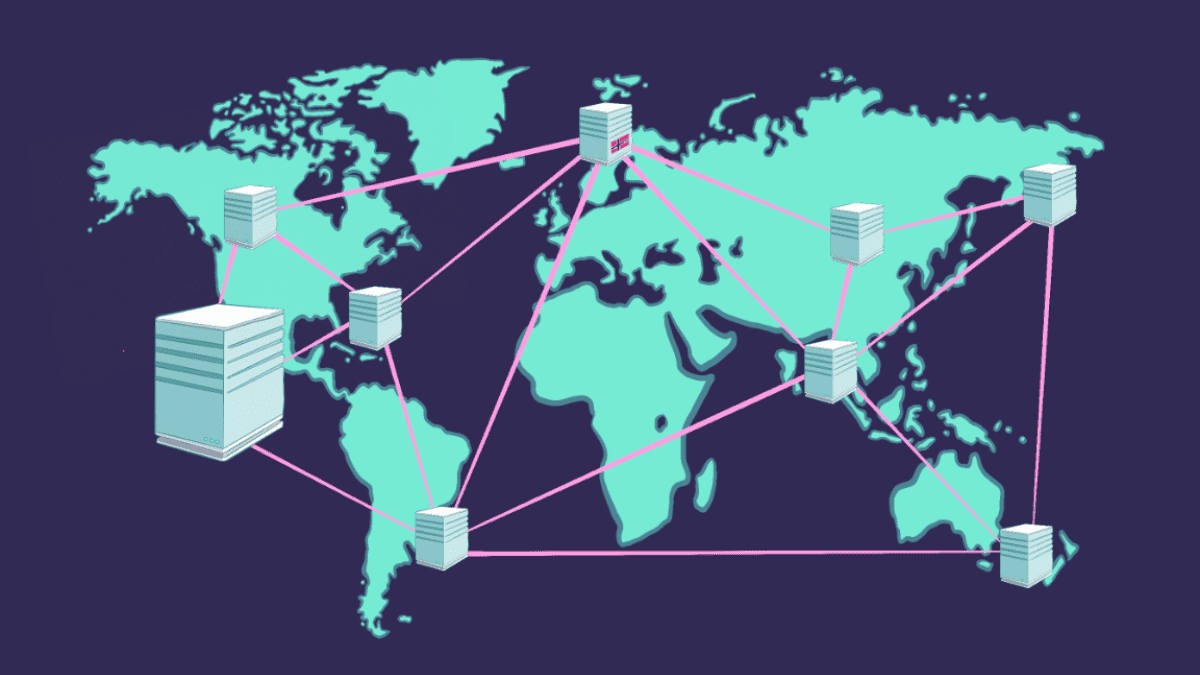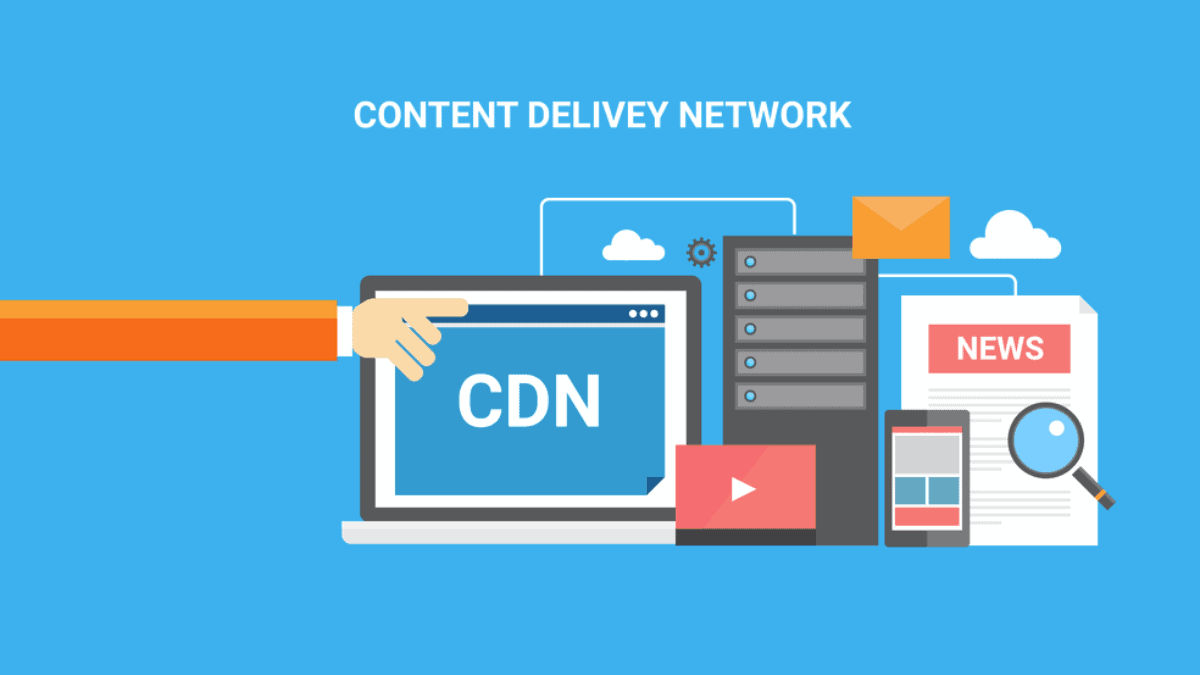Content Delivery Networks (CDNs) play a vital role in enhancing the digital experience for small and medium-sized enterprises (SMEs). By understanding what CDNs are and their benefits, SMEs can make informed decisions regarding their IT strategies. In many cases, businesses rely on IT support to ensure their CDN configurations are optimized for performance, security, and scalability.
What are Content Delivery Networks (CDNs)?
Content Delivery Networks are systems of distributed servers that work together to deliver web content efficiently to users. CDNs store copies of content in multiple locations around the globe, making it accessible from the closest server to the user. This reduces latency and improves loading speeds, which is crucial for maintaining user engagement and satisfaction.
Why SMEs Should Consider Using CDNs
For SMEs, utilizing a CDN can significantly influence their overall performance and outreach. By enhancing website speed and reliability, SMEs can attract and retain more customers. Furthermore, as competition increases, having a strong online presence becomes increasingly important.
| Reasons SMEs Should Use CDNs | Explanation |
| Improved Loading Times | Faster access to content enhances user experience |
| Increased Reliability | Helps to manage spikes in traffic effectively |
| Enhanced Global Reach | Delivers content to users regardless of location |
Benefits of Implementing CDNs for SMEs
The implementation of a CDN brings multiple advantages for small and medium-sized businesses. These benefits include higher performance, better security, and cost effectiveness, making CDNs an attractive option for SMEs looking to optimize their online services.
| Benefits of CDNs | Description |
| Improved Performance | Reduced latency and faster content delivery |
| Enhanced Security | Protection against DDoS attacks and data breaches |
| Cost Efficiency | Decreases bandwidth costs through data caching |
Overall, CDNs serve as a powerful tool for SMEs seeking to enhance their digital capabilities and provide a better experience for their users. By understanding the fundamentals of content delivery networks, SMEs can take substantial steps toward improving their online presence and operational efficiency.
How CDNs Work for SMEs
Content Delivery Networks (CDNs) play a crucial role in enhancing the online presence of Small and Medium-sized Enterprises (SMEs). Understanding how CDNs function can help SMEs leverage their benefits effectively.
Content Distribution Process
The content distribution process involves several steps to deliver content efficiently to users across various geographical locations. CDNs utilize a network of servers strategically positioned around the globe to ensure that users access data from the closest server, reducing latency and improving load times.
Improving Performance and User Experience
Implementing a CDN can significantly enhance website performance and user experience for SMEs. Faster load times contribute to a more engaging experience, reducing bounce rates and increasing user retention.
These improvements reflect the CDN's ability to deliver content rapidly, which is crucial for retaining customers and ensuring a seamless browsing experience.
Enhancing Website Security and Stability
CDNs provide additional layers of security and stability for SMEs’ websites. They mitigate common online threats like DDoS attacks and help ensure continuous availability of services.
Understanding these fundamental aspects of how CDNs work, SMEs can make informed decisions about integrating content delivery networks into their IT strategy, ultimately boosting their online presence and operational stability.
Choosing the Right CDN for Your SME
Selecting an effective content delivery network (CDN) is essential for the success of small and medium-sized enterprises (SMEs) that aim to enhance their online presence. This section outlines important considerations in choosing a CDN, along with typical features, capabilities, and how to assess costs and returns on investment.

6 Factors to Consider When Selecting a CDN
SMEs evaluating different CDNs should consider several critical factors to ensure that the chosen service aligns with their operational needs. These factors include:
| Factor | Description |
| Geographic Coverage | Assess the CDN’s server locations and ability to deliver content globally. |
| Performance | Look for speed and latency metrics to ensure efficient content delivery. |
| Scalability | Ensure the CDN can adapt to traffic increases as the business grows. |
| Security Features | Evaluate included security options, such as DDoS protection and SSL encryption. |
| Customer Support | Check the level of technical support provided to address any issues promptly. |
| Integration | Determine the ease of integrating the CDN with existing tools and platforms. |
5 Common Features and Capabilities of CDNs
Understanding the common features across various CDNs can help SMEs choose one that meets their specific needs. Key capabilities to look for include:
| Feature | Description |
| Edge Servers | Local servers that cache content closer to users for faster delivery. |
| Caching | Mechanisms for temporarily storing content and reducing load on the origin server. |
| Load Balancing | Distribution of incoming traffic across multiple servers to optimize performance. |
| Analytics and Reporting | Tools for tracking performance metrics and user behavior for informed decisions. |
| API Access | Capabilities that allow for integration with other applications and custom solutions. |
Evaluating Costs and Return on Investment
Assessing the costs associated with a CDN is crucial for SMEs. It’s important to determine if the potential return on investment (ROI) justifies the expenses. Factors to consider include:
| Cost Aspect | Description |
| Pricing Models | Understand whether costs are based on bandwidth, requests, or a flat rate. |
| Total Cost of Ownership | Evaluate all associated costs, including setup, maintenance, and additional services. |
| Expected ROI | Consider potential increases in website performance, user experience improvements, and reduced downtime as benefits. |
Estimating costs alongside the anticipated benefits can help SMEs make informed decisions regarding their choice of a content delivery network. By carefully considering these factors, SMEs can select a CDN that fits their requirements and enhances their online capabilities.
Implementing CDNs Effectively
Implementing a content delivery network (CDN) requires careful planning and execution to ensure that it integrates seamlessly with an SME's existing systems, provides adequate training for staff, and includes ongoing monitoring for optimal performance.
Integration with Existing IT Infrastructure
Successful integration of a CDN with an SME’s current IT infrastructure is critical. This process involves assessing existing systems, ensuring compatibility with CDN services, and executing necessary configurations.
Key considerations during integration include:
| Factor | Description |
| Compatibility | Evaluate if existing applications and servers can work with the chosen CDN. |
| Configuration | Adjust settings in the SME's web servers and content management systems to utilize the CDN. |
| Testing | Perform thorough tests to ensure content is delivered correctly and efficiently. |
Training and Support for CDN Implementation
Training staff on how to effectively use the CDN is essential for maximizing benefits. This includes understanding CDN tools and procedures related to content uploads, management, and performance monitoring.
Training can cover:
| Topic | Description |
| User Interfaces | Familiarizing staff with the CDN management dashboard and its features. |
| Content Management | Educating on how to optimize content for delivery through the CDN. |
| Troubleshooting | Providing guidance on common issues and resolution techniques. |
Support options should also be considered to help SMEs navigate implementation challenges.

Monitoring and Optimizing CDN Performance
Once a CDN has been implemented, it is vital for SMEs to monitor its performance continually. This involves tracking key performance indicators (KPIs) to ensure optimal delivery speed and content availability.
Important KPIs to monitor include:
| KPI | Description |
| Load Time | Measuring the speed at which content is delivered to end-users. |
| Uptime | Monitoring the CDN’s availability to ensure content is accessible at all times. |
| Data Transfer Rates | Assessing the efficiency of data delivery and identifying any bottlenecks. |
Regular optimization can help maximize the effectiveness of the CDN. This may include adjustments in caching strategies, content prioritization, or even switching to new CDN features as they become available.
Enhance Your IT Capabilities with LK Tech
Focusing on these areas, SMEs can effectively implement a content delivery network that enhances their web presence and customer experience. At LK Tech, we provide top-notch IT support tailored to your unique needs, ensuring seamless content delivery, improved website performance, and enhanced security. Businesses looking for a reliable IT company in Cincinnati can count on us for cutting-edge solutions that keep their digital platforms running smoothly. Reach out today to discover how we can optimize your online infrastructure.


